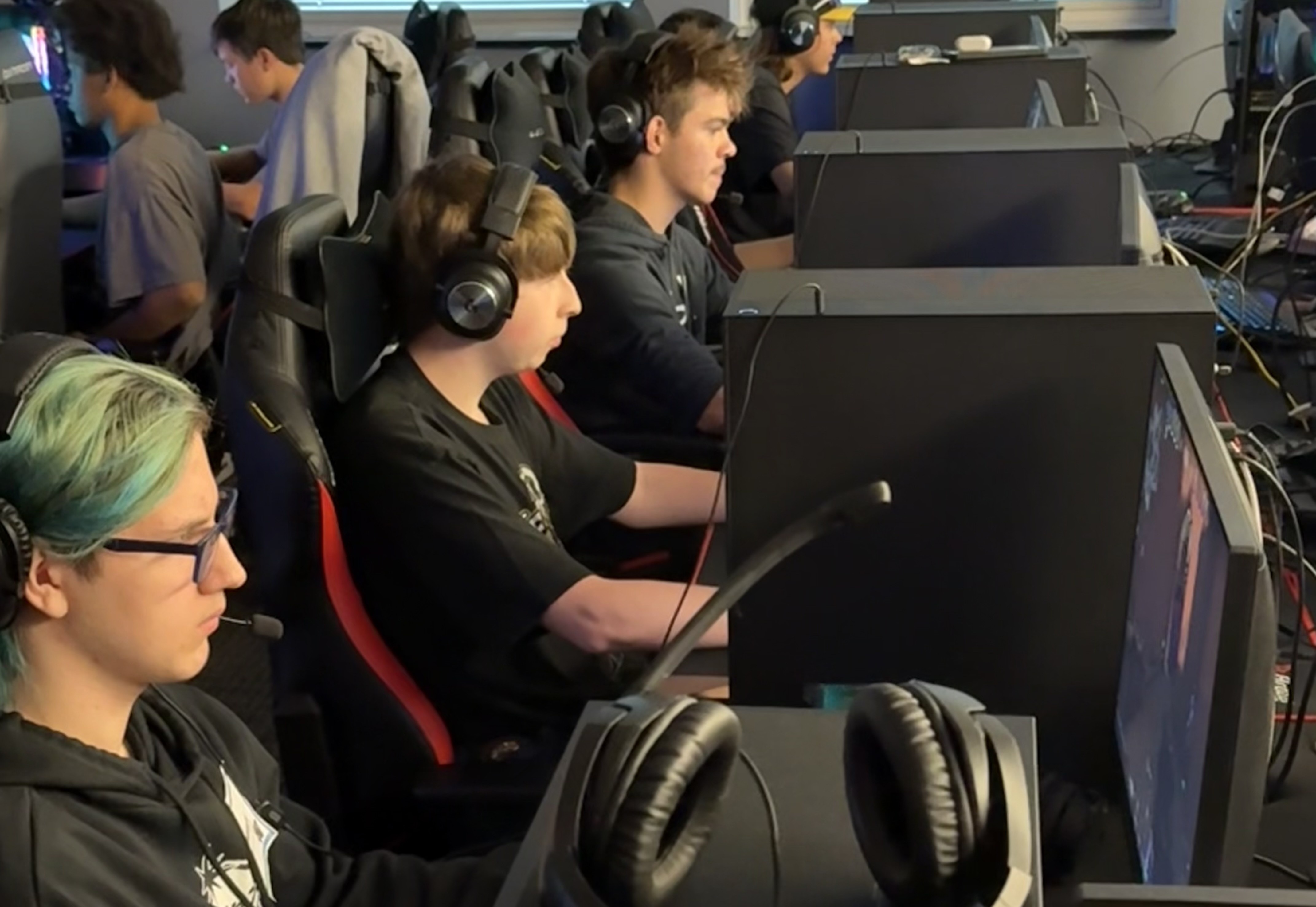Quantum Computing In Education: 5 Things To Know
The AI revolution in schools may soon be supercharged by the power of quantum computing

Quantum computers have been making waves in the tech industry for a while now, but in recent months the interest in these next-generation devices has intensified.
In December 2024 Google announced its quantum computer chip Willow performed a computation in a few minutes that would have taken a classical computer more years than the age of the universe. Microsoft claims it invented a new state of matter for its quantum computers, and IBM has started offering quantum cloud computing services.
Lance Key, educator and support specialist at the Putnam County School System in Cookeville, Tennessee, says that teachers and the education field as a whole will likely see a significant impact from the new technology.
Here’s what educators should know about quantum computers and how these may soon influence a classroom near you.
1. Quantum Computers Use Qubits Instead of Bits
A classic computer uses bits: tiny switches that can be positioned “off” or “on” and signal the 0 and 1 of binary code.
Quantum computers use qubits, which are made from electrons, photons, or other particles. These tiny particles take advantage of the strange rules governing the quantum world, including a particle’s ability to exist in multiple places at once before it is observed. Because of this, qubits are often described as having the capability of being both 1 and 0 at the same time. Furthermore, these can take advantage of other strange rules of the quantum world, including quantum entanglement to operate in unison.
To visualize this, Key recommends imagining interconnected spheres. “If you think about connecting two circles, you really tangibly can only touch those two circles at one spot. But now, when we talk about touching a sphere with two entanglements, you can touch those many different ways really quick. So something that would have taken 8 bits, or maybe 24 bits in the past to run, it's now going to be like two qubits.”
Tools and ideas to transform education. Sign up below.
2. Qubit Are More Powerful Than You Can Possibly Imagine
The exponential growth of this process can be hard to fathom. With a few hundred entangled qubits, we’d have more computing power than there are atoms in the observable universe.
While today the most powerful quantum computers being developed by tech giants such as Google, Microsoft, and IBM do have hundreds of qubits, these still have accuracy issues and regularly generate errors, so it's a struggle to outperform classical computers except on specialized tasks.
Once accuracy and stability is improved, many predict quantum computers will be able to perform tasks such as accurately model new drugs and the potential side effects without human trials. These will also, of course, have significant impacts on the field of education.
3. Quantum Computing Will Jumpstart AI Development
“We are not far from having quantum computing take off,” Key says. “And when quantum computing takes off, we're going to be able to train our AI models so much faster than we were able to in the past.”
If you ask any AI model a question now, you’ll often notice a lag as it “thinks” about how to respond to you, Lance says. Quantum computers could speed that process up by providing enhanced training for AI models.
While teachers and students won’t necessarily be accessing quantum computers, the AI models they use will be trained with the help of quantum computers operated by large tech companies.
“When quantum computing gets here, we're going to be 1,024 times faster than any computer that we have right now,” Key says. “AI on the front end is probably going to look the same, but AI is going to get a lot smarter.”
In that vein, more efficient quantum computing will help to stem the high energy needs and rapidly growing carbon footprint of current AI systems.
4. Quantum Computing Can Help Teachers Differentiate
Key believes quantum computers will help teachers to better assess the support students need by improving existing tech tools. These computers will do a better job looking at student data and recognizing the differentiation strategies each individual student might need, Key says. These can also vastly improve existing AI tutors.
“It is hard for me to replicate myself in the classroom to get around and answer every single question that comes out,” Key says. “But I think in the near future — I know there are people already working on it now — every student will have the ability to have an AI tutor.”
5. Quantum Computing Might Influence Your Classroom Sooner Than You Think
Quantum Computing, according to many people, is currently in a similar place to where the generative AI field was prior to the release of ChatGPT by OpenAI at the end of 2022. Large language models were getting better and better, and eventually made a major leap forward, but people didn't realize that until the general public got access to ChatGPT.
Key thinks quantum computing’s ChatGPT moment will come over the next few years. “Your Amazons, your Googles, your Microsofts, all of those companies are investing money because they see the future,” Key says. “They see what's fixing to come. I think in education, sometimes we're so ingrained in our work, we don't have time to see what's coming three to five years down the road.”
Erik Ofgang is a Tech & Learning contributor. A journalist, author and educator, his work has appeared in The New York Times, the Washington Post, the Smithsonian, The Atlantic, and Associated Press. He currently teaches at Western Connecticut State University’s MFA program. While a staff writer at Connecticut Magazine he won a Society of Professional Journalism Award for his education reporting. He is interested in how humans learn and how technology can make that more effective.

